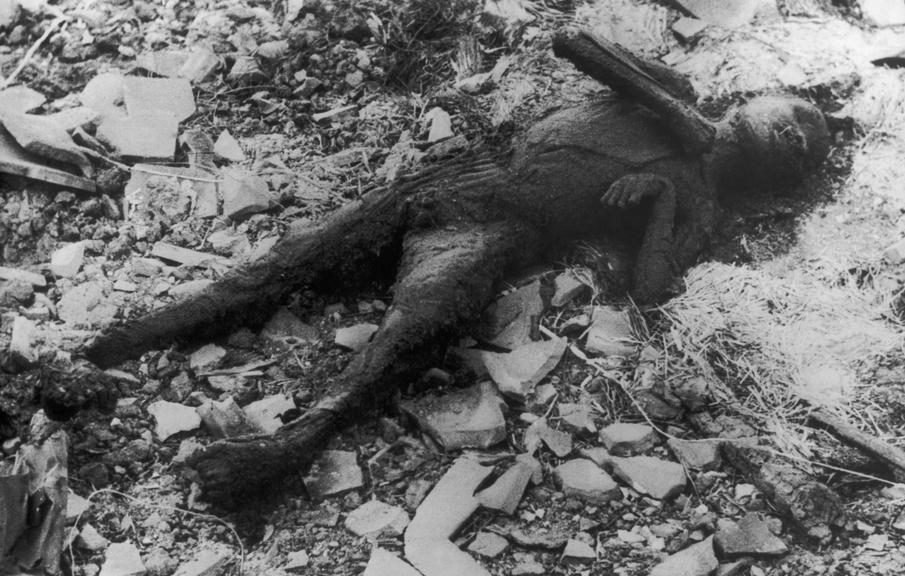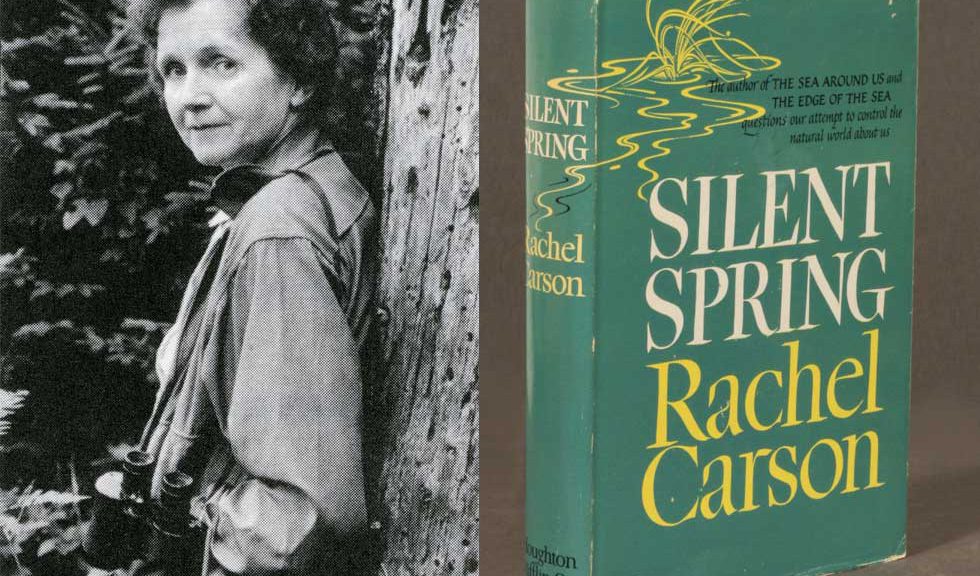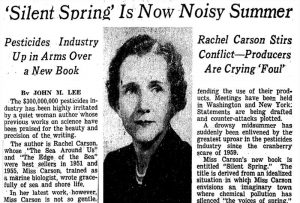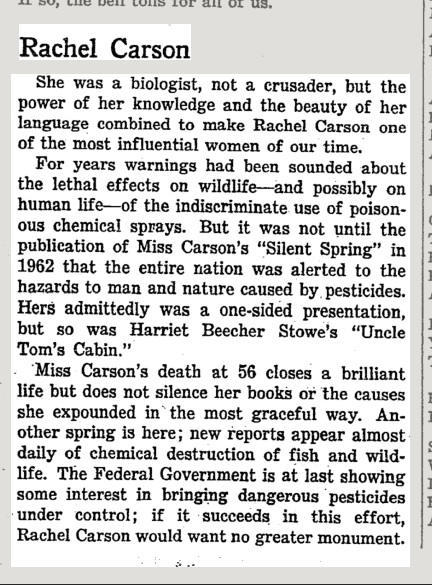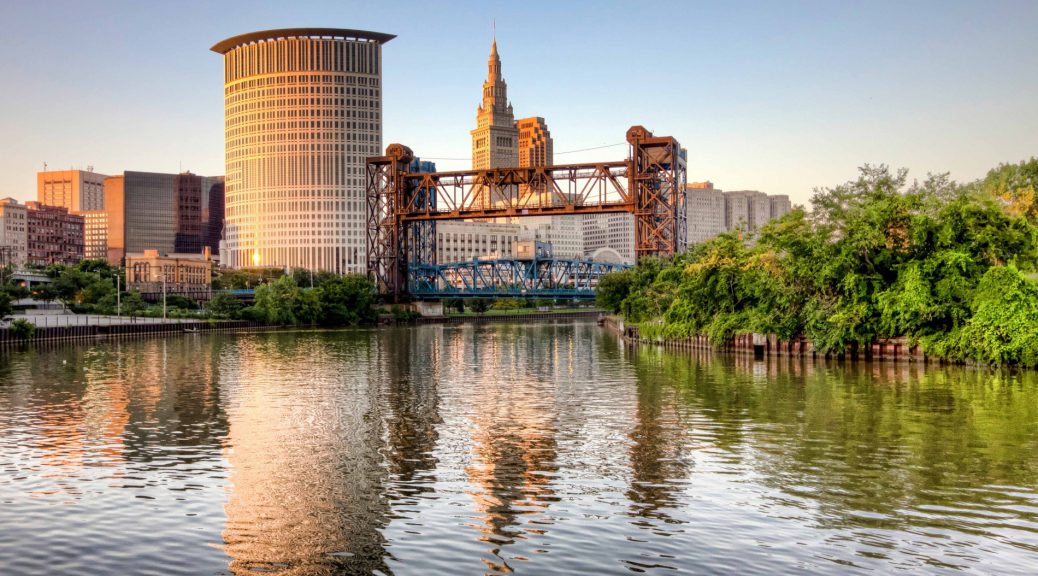August 9 Peace Love Art Activism
Nuclear/Chemical News
Nagasaki
August 9, 1945: the US dropped atomic bomb on Nagasaki, Japan. Total deaths by the end of 1945 may have reached 80,000 from the explosion and exposure to the bomb’s radiation. [2015 New Yorker story] (RS, see Sept 2; NN, see January 24, 1946)
Mihama power plant (Japan)
August 9, 2004: five people died in an accident at the plant in the Fukui province (INES Level 1). Seven people are also injured when hot water and steam leaks from a broken pipe. Officials insist that no radiation leaked from the plant, and there is no danger to the surrounding area. [blog story] (see February 10, 2005)
August 9 Peace Love Art Activism
INDEPENDENCE DAY
 August 9, 1965: Singapore leaves Malaysian Federation. [History SG story] (see ID for expanded list of independent countries of the 1960s)
August 9, 1965: Singapore leaves Malaysian Federation. [History SG story] (see ID for expanded list of independent countries of the 1960s)
August 9 Peace Love Art Activism
Charles Manson
August 9, 1969: members of a cult led by Charles Manson murdered Sharon Tate, (8 months pregnant), and her friends: Folgers coffee heiress Abigail Folger, Wojciech Frykowski, and Hollywood hairstylist Jay Sebring at Roman Polanski’s home in Los Angeles, California. NYT article (see Aug 10)
August 9 Peace Love Art Activism
Watergate Scandal
August 9, 1974: Gerald Ford becomes president. (see Watergate for expanded story)
August 9 Peace Love Art Activism
Irish Toubles
August 9, 1981: Liam Canning (19), a Catholic civilian, was shot dead by the Ulster Freedom Fighters (UFF), a covername used by the Ulster Defence Association (UDA), as he walked along Alliance Avenue, Ardoyne, Belfast. Peter Maguinness (41), a Catholic civilian, was shot dead by a plastic bullet fired by the Royal Ulster Constabulary (RUC) while he was outside his home on the Shore Road, Greencastle, Belfast. There were continuing riots in Nationalist areas of Northern Ireland. (see Troubles for expanded story)
August 9 Peace Love Art Activism
Grateful Dead
August 9, 1995: Jerry Garcia, 53, died. (see Dec 8)
August 9 Peace Love Art Activism
Pledge of Allegiance
August 9, 2002: the U.S. Justice Department filed an appeal of the Ninth Circuit Court of Appeals’ ruling in the Newdow vs. U.S. Congress case in which the court struck down the addition of the phrase “under God” to the Pledge of Allegiance as unconstitutional. (see Pledge for expanded story)
August 9 Peace Love Art Activism
LGBTQ
August 9, 2007: sponsored by the Human Rights Campaign, the Logo cable channel hosts the first American presidential forum focusing specifically on LGBTQ issues, inviting each presidential candidate. Six Democrats participate in the forum, including Hillary Clinton and Barack Obama, while all Republican candidates decline. (see Nov 8)
August 9 Peace Love Art Activism
137 SHOTS
August 9, 2013: Cleveland Police Chief Michael McGrath announced that 75 officers faced discipline for their involvement in the 60-car high speed pursuit last Nov. 29 that began downtown and ended in East Cleveland. The internal charges range from engaging in a chase without permission to providing false information on duty reports. Nineteen of them also will have disciplinary hearings that could result in temporary suspensions. None will be terminated. (see 137 for expanded story)
August 9 Peace Love Art Activism
Environmental Issues
August 9, 2021: a major new United Nations scientific report concluded.that nations had delayed curbing their fossil-fuel emissions for so long that they could no longer stop global warming from intensifying over the next 30 years, though there was still a short window to prevent the most harrowing future
Humans had already heated the planet by roughly 1.1 degrees Celsius, or 2 degrees Fahrenheit, since the 19th century, largely by burning coal, oil and gas for energy. And the consequences could be felt across the globe: The summer of 2021 alone, blistering heat waves had killed hundreds of people in the United States and Canada, floods had devastated Germany and China, and wildfires had raged out of control in Siberia, Turkey and Greece.
But that was only the beginning, according to the report, issued by the Intergovernmental Panel on Climate Change, a body of scientists convened by the United Nations. Even if nations started sharply cutting emissions immediately, total global warming was likely to rise around 1.5 degrees Celsius within the next two decades, a hotter future that was essentially locked in. [NYT article] (next EI, see Aug 18)
August 9 Peace Love Art Activism
BLACK HISTORY
August 9, 2022: jurors in Leflore County, Mississippi examining the case of Emmett Till declined to indict Carolyn Bryant Donham, the white woman whose accusations prompted the attack.
The jurors heard more than seven hours of testimony from investigators and witnesses with direct knowledge of the case. Still, prosecutors said, the panel did not find sufficient evidence to indict Donham on charges of kidnapping or manslaughter.
“After hearing every aspect of the investigation and evidence collected regarding Donham’s involvement, the grand jury returned a ‘no bill’ to the charges of both kidnapping and manslaughter,” the office of W. Dewayne Richardson, the district attorney for the Fourth Circuit Court District of Mississippi. [NYT article] (next BH, & next ET, see Oct 21 or see ET chronology for expanded story)
August 9 Peace Love Art Activism
Feminism
August 9, 2025: Jen Pawol made history as the first female umpire to work a regular-season game in the major leagues. [CBS article](next Feminism, see )

